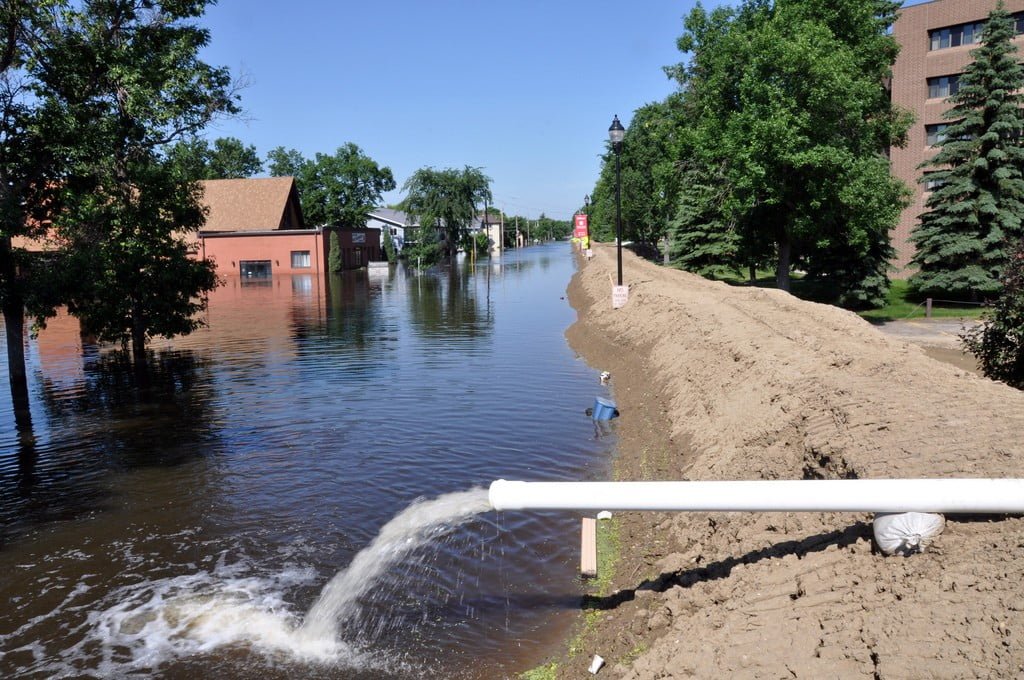It’s a risk that those of us in the Red River Valley are all too familiar with – flooding. But what happens if your basement has flooded? What type of insurance policy will provide coverage for the water damage? The answer depends on where the water comes from…
[hr_invisible]
Water/Sewer Backup Coverage
Most homeowners insurance policies come with an endorsement for water backup and sump discharge which will cover losses, up to a certain limit, caused by the backup of water or waterborne materials through a sewer or through a drain. It will also cover water or waterborne material that overflows from a sump, even if the backup of water is due to the mechanical breakdown of the sump pump. Coverage includes damage to property but excludes the sump pump and any related equipment that has broken down.
The endorsement does not however cover damages caused by a flood. A separate flood insurance policy needs to be obtained to cover losses due to flooding.
[hr_invisible]
Flood Insurance
What is considered a flood? The legal definition of a flood according to the National Flood Insurance Program (NFIP):
A flood is a general and temporary condition where two or more acres of normally dry land or two or more properties are inundated by water or mudflow.
Flooding can happen anywhere, but certain areas are especially prone to serious flooding. To help communities understand their risk, flood maps have been created to show the locations prone to different levels of risk. Here are the definitions for each:
High Risk Areas (Special Flood Hazard Area or SFHA)
In high-risk areas, there is at least a 1 in 4 chance of flooding during a 30-year mortgage. All home and business owners in these areas with mortgages from federally regulated or insured lenders are required to buy flood insurance.
Moderate- to Low-Risk Areas (Non-Special Flood Hazard Area or NSFA)
In moderate- to low-risk areas, the risk of being flooded is reduced but not completely removed. These areas submit over 20% of NFIP claims and receive one-third of disaster assistance for flooding. Flood insurance isn’t federally required in moderate-to-low areas, but it is recommended for all property owners and renters.
Undetermined Risk Areas
No flood-hazard analysis has been conducted in these areas, but a flood risk still exists. Flood insurance rates reflect the uncertainty of the flood risk.
Source: www.floodsmart.gov
Contact your TCI agent today to answer any questions you have about flood insurance or water/sewer backup coverage, or if you’d like to receive a quote.

